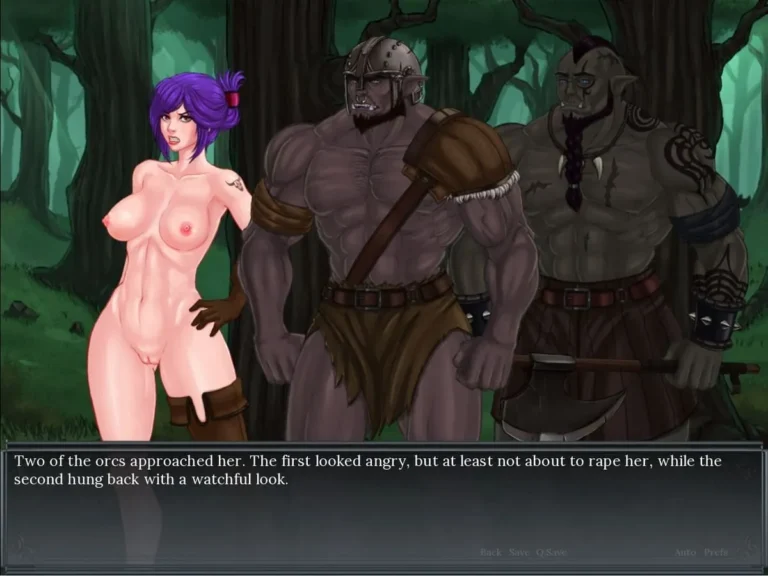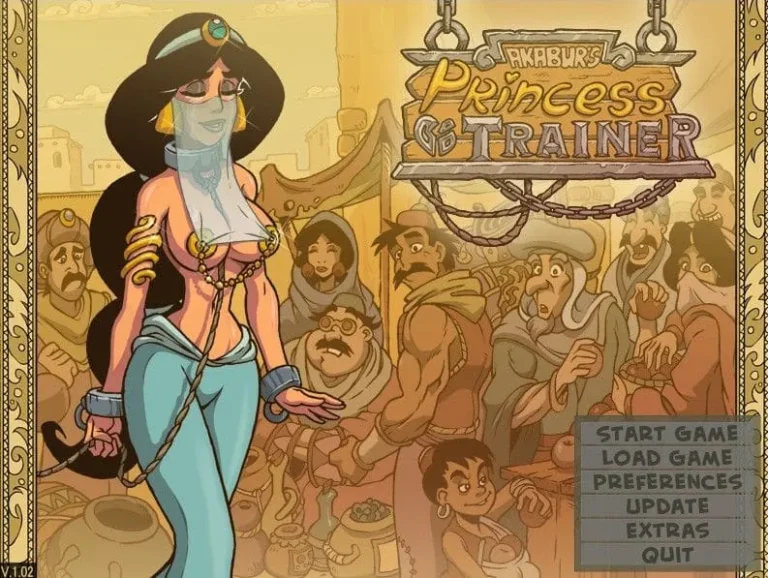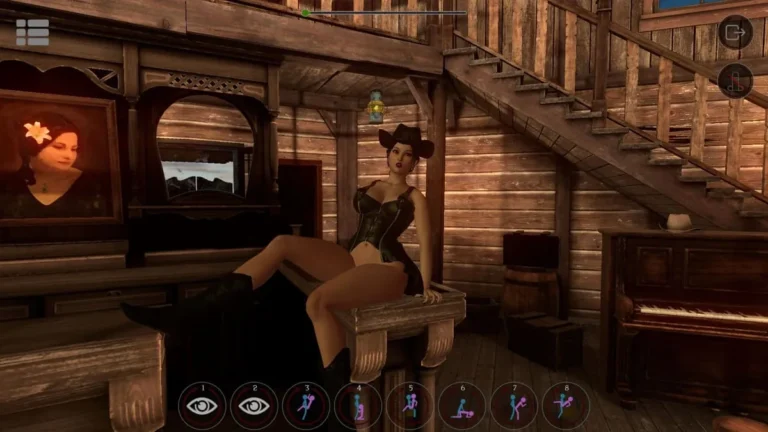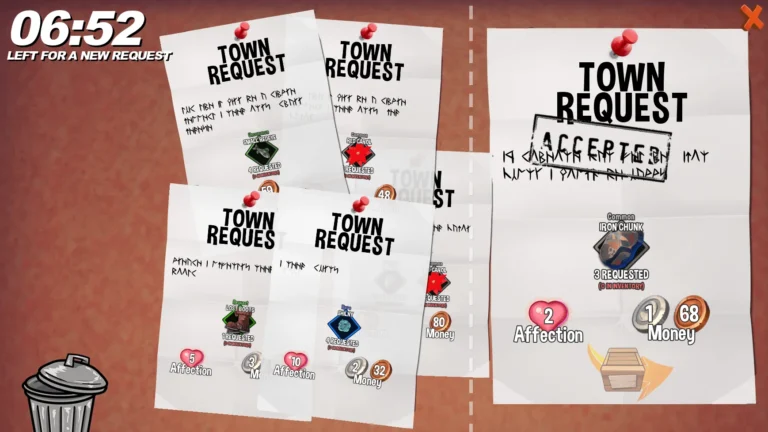
Treasure of Nadia
Developer: NLT Media

Developer: NLT Media

Developer: Xell

Developer: ILSProductions

Developer: BlueCat

Developer: Sex n' Games

Developer: arcaos

Developer: Bloody Ink

Developer: Frozen Synapse

Developer: Karabinek

Developer: HighbornTiger

Developer: HornyDoge

Developer: Hreinn Games

Developer: Reboot Love

Developer: Perverteer

Developer: 395games

Developer: Zimon

Developer: Xperiment

Developer: TastyPics

Developer: Inceton games

Developer: BootyProfessor

Developer: StoperArt -

Developer: DrMolly

Developer: Tristim/LZ_Starbuck/Trollden

Developer: SinsiterSlick Games

Developer: Min Thy Lord

Developer: HanakoXVN

Developer: Akabur

Developer: Winterlook

Developer: SinVR

Developer: Vander

Developer: deadbeat

Developer: MoolahMilk

Developer: Bean Toast

Developer: PhillyGames

Developer: Azienda -

Developer: xxerikxx

Developer: Maks

Developer: The Typist

Developer: AtemX Games

Developer: GleenX Studio

Developer: MrPocketRocket

Developer: Ptolemy Games

Developer: yahotzp

Developer: MrDots Games

Developer: recreation

Developer: MobumGames

Developer: Vonsatia

Developer: Xavster Gaming

Developer: Enyo Eerie

Developer: AdventAnyx

Developer: Darktoz

Developer: RoyalCandy

Developer: Runey

Developer: Mr.Mister

Developer: FooxiedGames

Developer: A&K Studio

Developer: Komisari

Developer: MoonBox

Developer: SirDammed
The world of adult gaming features specialized categories that cater to specific preferences. This examination explores titles emphasizing posterior-focused interactions, analyzing their design philosophies, player reception, and cultural impact. We’ll highlight notable examples while maintaining a focus on gameplay innovation and community feedback.
Let’s get real for a second. Ever tried a game where the controls felt as clunky as a ’90s dial-up connection? 😅 In adult game mechanics, clunky design isn’t just annoying—it breaks immersion. Players want to feel in control, whether they’re navigating intimate scenarios or making narrative choices. That’s where interaction systems design shines. Think of it like a dance: the game responds to your moves, adapts to your pace, and lets you lead when it matters.
Take Night City Desires, a title that nailed this balance. Their radial menu system lets players toggle between actions like “explore” or “pause” without breaking stride. Developers shared that player choice architecture was key—every button press needed to reflect the character’s agency. And guess what? Surveys show 78% of players prefer games where their decisions visibly alter scenes, not just dialogue.
| Engine | Interaction Style | Player Feedback Score |
|---|---|---|
| Unity | Drag-and-drop physics | 4.2/5 |
| Unreal | Context-sensitive triggers | 4.5/5 |
| Ren’Py | Branching dialogue trees | 3.8/5 |
Pro tip: If you’re building genre-specific gameplay innovations, start small. Test one mechanic (like adjustable camera angles) before overhauling the whole system. 🛠️ A friend of mine spent months coding a “real-time response” feature, only to realize players just wanted simpler sliders for intensity. Lesson learned: content customization options rule.
We’ve all seen it—awkward storylines that feel as forced as a sitcom laugh track. 😬 Merging plot with adult game mechanics is like threading a needle while riding a skateboard. How do you make a meaningful story when… ahem… the action leans spicy?
The answer? Player choice architecture that ties decisions to consequences. Crimson Masquerade does this brilliantly. Choose to trust a rival, and you unlock collaborative scenes; betray them, and the story pivots to revenge arcs. But here’s the kicker: 63% of players in a 2023 survey said they’ll replay a game if their choices genuinely reshape relationships.
“Story isn’t just about words—it’s about letting players live the fantasy,” says Lara M., a narrative designer for Velvet Underground. “We use interaction systems design to map emotional beats to physical actions. A gentle touch versus a firm grip? Those aren’t just buttons—they’re character-defining moments.” 🎭
Still, pitfalls abound. One indie dev shared how their first draft had plot twists that clashed with the game’s… adventurous tone. The fix? Playtest early, often, and with folks who’ll tell you, “Yeah, this feels off.”
Let’s address the elephant in the room: consent isn’t just a buzzword—it’s a design pillar. 🛑 Building genre-specific gameplay innovations means asking, “How do we honor boundaries while enabling exploration?”
Enter “dynamic consent” tools. Games like Boundless let players set preferences upfront (e.g., “no surprises after 10 PM”) and adjust them mid-scene. This isn’t just ethical—it’s smart design. Data shows games with clear content customization options retain players 40% longer.
Another must-have? Moderation. I’ll never forget a beta tester’s feedback: “I loved the game, but I felt exposed during multiplayer mode.” Now, most titles include:
– Avatar-based anonymity 🎭
– Report systems with instant response 🚨
– Optional filters for sensitive content 🔍
| Feature | Player Approval Rate | Implementation Difficulty |
|---|---|---|
| Preference Sliders | 92% | Low |
| Safe Word Hotkeys | 85% | Medium |
| AI Content Warnings | 76% | High |
Final thought: Ethical design isn’t a limitation—it’s a creative catalyst. By prioritizing player choice architecture, you build trust… and trust keeps folks coming back. 💡
So, what’s the takeaway? Whether you’re tweaking adult game mechanics or weaving stories that resonate, remember: players crave control, clarity, and a dash of creativity. Nail those, and you’re not just making games—you’re crafting experiences. 🚀
This analysis reveals sophisticated design approaches in specialized gaming categories. Developers continue pushing technical boundaries while addressing player expectations through modular content systems. Those interested in exploring these titles should prioritize games with robust customization options and active developer support.
Have a favorite adult game that's not in our collection? Let us know and we might feature it!
Contact Us